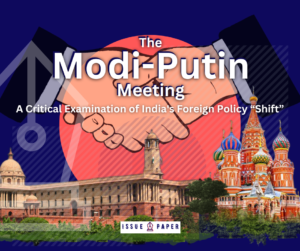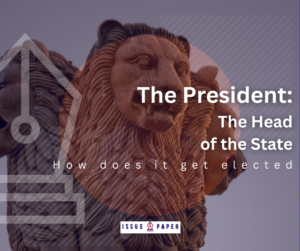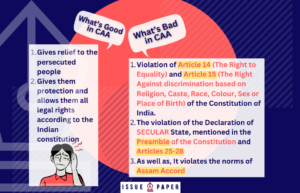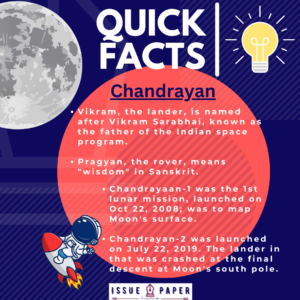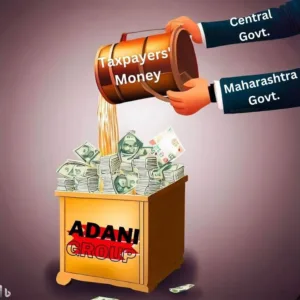Todays History | 11 May
What is the History of today: 11 May
What is the History of todaytodays historytoday historyhistory of 11 may11 may historyrowlett actkaale kanoonkale kanunkale kanoonudham singhgeneral dyerdyerdyer killingdyer killedjallianwal baagjaliayanwala baagWhat is the History of todaytodays historytoday historyhistory of 11 may11 may historyrowlett actkaale kanoonkale kanunkale kanoonudham singhgeneral dyerdyerdyer killingdyer killedjallianwal baagjaliayanwala baag- 1918’s Rowlett Act.
- Operation Shakti Nuclear test, 1998.
Rowlett Act
1918 was politically a very heated year for India. World War I ended, and the British Army with allied forces defeated the Axis forces.
What is the History of todaytodays historytoday historyhistory of 11 may11 may historyrowlett actkaale kanoonkale kanunkale kanoonudham singhgeneral dyerdyerdyer killingdyer killedjallianwal baagjaliayanwala baagWhat is the History of todaytodays historytoday historyhistory of 11 may11 may historyrowlett actkaale kanoonkale kanunkale kanoonudham singhgeneral dyerdyerdyer killingdyer killedjallianwal baagjaliayanwala baagThe British government brought a constitutional reform named Montague Chelmsford reforms. These refunds made A bicameral system in India. According to this, there would be two houses, the Upper house and the lower house in the assembly.
What is the History of todaytodays historytoday historyhistory of 11 may11 may historyrowlett actkaale kanoonkale kanunkale kanoonudham singhgeneral dyerdyerdyer killingdyer killedjallianwal baagjaliayanwala baagWhat is the History of todaytodays historytoday historyhistory of 11 may11 may historyrowlett actkaale kanoonkale kanunkale kanoonudham singhgeneral dyerdyerdyer killingdyer killedjallianwal baagjaliayanwala baagHowever, the assembly carried a majority of nominated British people. Because of this majority in the assembly, on 11 May 1918, a pair of laws passed in the assembly. These laws were called the Rowlett Act.
What is the History of todaytodays historytoday historyhistory of 11 may11 may historyrowlett actkaale kanoonkale kanunkale kanoonudham singhgeneral dyerdyerdyer killingdyer killedjallianwal baagjaliayanwala baagWhat is the History of todaytodays historytoday historyhistory of 11 may11 may historyrowlett actkaale kanoonkale kanunkale kanoonudham singhgeneral dyerdyerdyer killingdyer killedjallianwal baagjaliayanwala baagThis act renewed the Defence of India Act of 1914, which was a war act or a martial law, which was imposed in India because of World War I.
What is the History of todaytodays historytoday historyhistory of 11 may11 may historyrowlett actkaale kanoonkale kanunkale kanoonudham singhgeneral dyerdyerdyer killingdyer killedjallianwal baagjaliayanwala baagWhat is the History of todaytodays historytoday historyhistory of 11 may11 may historyrowlett actkaale kanoonkale kanunkale kanoonudham singhgeneral dyerdyerdyer killingdyer killedjallianwal baagjaliayanwala baagRowlett Act 1918 gave the British government the power to arrest any citizen for two years without any conviction or trial in the court. These brutal laws were called KAALE KAANOON in India. Furthermore, this act became the very reason for the Jallianwala Baag Massacre which finally became the non-returning point for the Indian National Movement.
What is the History of todaytodays historytoday historyhistory of 11 may11 may historyrowlett actkaale kanoonkale kanunkale kanoonudham singhgeneral dyerdyerdyer killingdyer killedjallianwal baagjaliayanwala baagWhat is the History of todaytodays historytoday historyhistory of 11 may11 may historyrowlett actkaale kanoonkale kanunkale kanoonudham singhgeneral dyerdyerdyer killingdyer killedjallianwal baagjaliayanwala baagWhat is the History of todaytodays historytoday historyhistory of 11 may11 may historyrowlett actkaale kanoonkale kanunkale kanoonudham singhgeneral dyerdyerdyer killingdyer killedjallianwal baagjaliayanwala baagWhat is the History of todaytodays historytoday historyhistory of 11 may11 may historyrowlett actkaale kanoonkale kanunkale kanoonudham singhgeneral dyerdyerdyer killingdyer killedjallianwal baagjaliayanwala baag
Operation Shakti
In 1998, India moving forward to become a superpower, crossed one more milestone. In the leadership of the then PM, Shri Atal Bihari Bajpai, a series of nuclear tests were conducted in the Pokhran test range, Rajasthan.
What is the History of todaytodays historytoday historyhistory of 11 may11 may historyrowlett actkaale kanoonkale kanunkale kanoonudham singhgeneral dyerdyerdyer killingdyer killedjallianwal baagjaliayanwala baagWhat is the History of todaytodays historytoday historyhistory of 11 may11 may historyrowlett actkaale kanoonkale kanunkale kanoonudham singhgeneral dyerdyerdyer killingdyer killedjallianwal baagjaliayanwala baagOn the 11th of May, five nuclear underground tests were conducted in Pokhran. The code name of the operation was operation “Operation Shakti”. Before this, India had done one more Nuclear test, code name “Smiling Buddha” which made India the world’s 6 nuclear-powered nation.
What is the History of todaytodays historytoday historyhistory of 11 may11 may historyrowlett actkaale kanoonkale kanunkale kanoonudham singhgeneral dyerdyerdyer killingdyer killedjallianwal baagjaliayanwala baagWhat is the History of todaytodays historytoday historyhistory of 11 may11 may historyrowlett actkaale kanoonkale kanunkale kanoonudham singhgeneral dyerdyerdyer killingdyer killedjallianwal baagjaliayanwala baag What is the History of todaytodays historytoday historyhistory of 11 may11 may historyrowlett actkaale kanoonkale kanunkale kanoonudham singhgeneral dyerdyerdyer killingdyer killedjallianwal baagjaliayanwala baagWhat is the History of todaytodays historytoday historyhistory of 11 may11 may historyrowlett actkaale kanoonkale kanunkale kanoonudham singhgeneral dyerdyerdyer killingdyer killedjallianwal baagjaliayanwala baag
